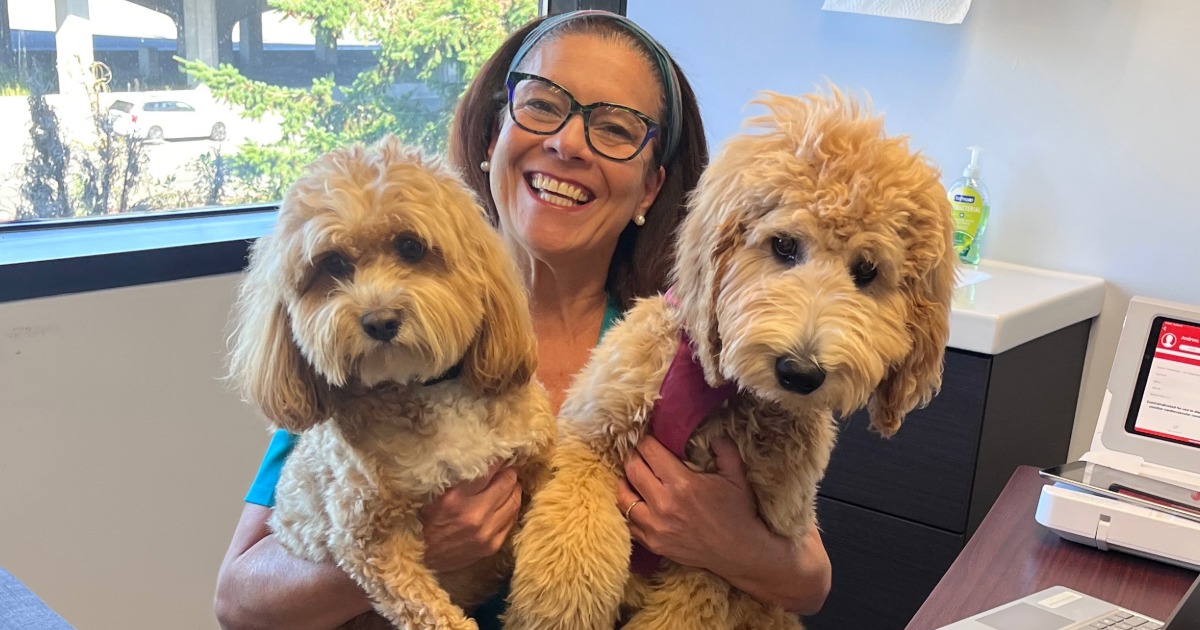With an eye on reducing hospital readmissions and boosting patient care coordination, Partners HealthCare at Home, a division Partner's HealthCare in Boston, is rolling out new telemonitoring technology.
The technology, from Royal Philips, will be employed to provide improved clinical oversight for newly discharged patients and those with chronic conditions, such as congestive heart failure.
Monitoring patients at home makes it possible for the nursing staff of Partners HealthCare At Home to track vital signs and intervene earlier with medical attention when it’s needed.
The goal is to reduce costly hospital readmissions, and the savings can add up to millions of dollars, as Partners has shown.
"Remote patient monitoring does more than improve care coordination," Sue Beausoliel, RN, vice president of operations at Partners HealthCare at Home, said in a press statement. "It provides a tool for patients to actively engage in their own health management. As the healthcare industry focuses more on improving patient experience and outcomes while reducing costs, technologies such as home monitoring contribute toward improved quality of life. Instead of having to wait for the next appointment, this real-time data daily monitoring helps us connect with patients, track their health status, alert us to a problem and intervene earlier before it becomes full blown."
[See also: Patient care coordination programs prevent readmissions, according to JAMA study.]
That's exactly right, according to Brian Rosenfeld, MD, vice president and chief medical officer for telehealth, Philips Healthcare. Partners HealthCare at Home is a marquee client among hundreds of Philips’ clients who are turning to monitoring patients at home post discharge in order to reduce hospital readmissions.
"If you really want to cut down the cost of healthcare, hospital admissions is the single biggest cost bucket," Rosenfeld told Healthcare IT News.
As he sees it, the Affordable Care Act, introduced a "new world order" to healthcare that has spurred many hospitals to follow their patients home, so to speak.
"That has been one of the major drivers of the Affordable Care Act, which is, 'It can't be business as usual, guys,'" Rosenfeld said. "You can’t have this siloed care, where we're paying you for taking care of people in the hospital; we’re paying someone else to take care of patients out of the hospital. You two don’t really interact. You don’t coordinate your care.
"And, because of that, patients regularly fall into the black hole of medicine, where you’re discharged and there's no follow-up until they go and see their PCP, which can be five, 10, 20, 30 days following discharge. And, during that time, a lot of them have gotten readmitted. So, what this is saying is: You have to coordinate your care. And the sooner you do it, the better you’re going to be from a financial standpoint."
[See also: Bigger readmissions fines hit hospitals.]
The new world order that Rosenfeld talks about is helping to drive the market for remote patient monitoring as is the increasing prevalence of chronic diseases such as diabetes and heart disease.
The U.S. market for remote patient monitoring, valued at $104.5 million in 2012, is forecast to reach $296.5 million by 2019, a compound annual growth rate of 16 percent, according to a report GBI Research released last April.
Partners HealthCare at Home has already demonstrated positive results with telemonitoring through its chronic cardiac care program. Since 2006, PHH has served 1,200 heart failure patients through this program and found a 50 percent reduction in readmission rates for enrolled patients, with an estimated savings of $10 million in healthcare costs.
In taking stock of the power of patient monitoring last year, Joseph Kvedar, MD, who founded and serves as director of the Center for Connected Health, a division of Partners HealthCare, wrote in his blog that in the early days of experimenting with remote monitoring, he thought of it as providing a rich data stream of vital signs for doctors and nurses, who could then make just-in-time decisions.
"But the biggest insight that I've gained in my 18+ years of working in connected health came when some of our earliest patients on that same telemonitoring program began to significantly improve their self-care," he wrote. "We noticed that they used their daily monitoring results (weight, blood pressure, heart rate) as a numeric yardstick for their progress, enabling them to better understand the basic pathophysiology of congestive heart failure. They began to realize that salt intake leads to fluid retention and if your heart is weak, a buildup of fluid in the lungs can be quite dangerous. As a result, they started being much more fastidious about salt and fluid balance."
Partners HealthCare at Home selected Philips as its telemonitoring partner based on its proven track record in implementing Philips’ other home-based innovative clinical programs – Lifeline and Medication Dispensing – for PHH patients. These services transform the way care is delivered by creating the shortest path to the best care, from hospital to the home, Rosenfeld said.
The first 200 home monitors were installed in patient homes in less than two weeks. Partners employed its own network of installers as a key asset in establishing monitoring services in patients’ homes and providing the training needed to ensure both clinical and patient adoption.
"Telehealth is so much more than a monitoring technology or a patient engagement app," Rosenfeld said. It’s about "addressing the needs of our aging population by improving the way health systems help patients and their loved ones maintain their health."


